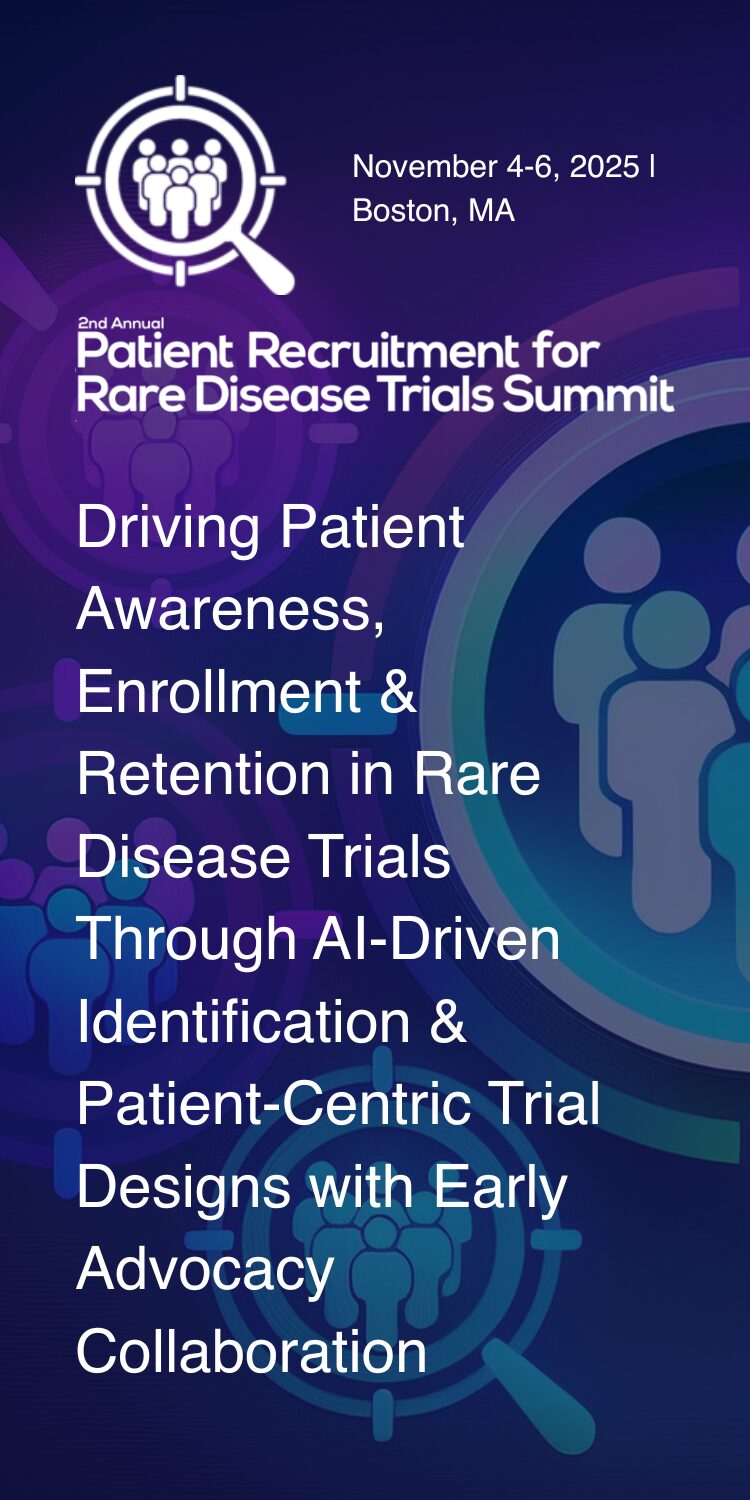Christine Eng, Chief Medical Officer at Baylor Genetics, discusses the information her company presented at various conferences.
Transcription:
We are presenting at these three conferences. NORD is really a unique conference because it brings together patient advocates as well as providers, as well as everyone who’s a stakeholder in rare diseases. We’re presenting for the first time this year. We’re also at NSGC, which is the National Society of Genetic Counselors, and then also the American Society of Human Genetics.
The genetic counselor meeting, of course, is a clinical meeting about patient care, about genetic counseling. Then ASHG is a hybrid meeting. There is a lot of clinical focus, but there’s also basic research and in all different areas of genetics, so cancer, genetics, and all the different areas that this very diverse community includes.
One of the papers that we’re presenting is about the secondary findings that you can experience when you have one of these comprehensive tests. Whole exome sequencing, whole genome sequencing, even CMA can give you answers that you may not have been necessarily looking for when a physician orders this test for your primary chief complaint. When we look at the whole exome or the whole genome, we can find important things that can be useful for you and your family, even though they may not be your chief complaint.
Patients, typically, the labs give them the opportunity to opt in or out of secondary findings. But if you opt in to accept these secondary findings, and these would be diagnoses and genes that, let’s say, hypercholesterolemia, that may not be affecting you or your child right now, but something that you might have to watch out for in the future and share with family members.
We canvassed the different diagnostic labs and how they return these results. About half of them, as our lab does, issue an individual parental report to go along with their child’s report. Their child’s report is, let’s say, diagnostic for the condition that the child is being evaluated for. But when they opt for secondary findings, they can appear in the child, can also appear in the parents.
Our lab has, about half the lab that we looked at, issues individual parental reports so that the parents can take this information that applies to themselves and show that to their physician and so action can be taken on that. That’s an interesting finding that we think will generate a lot of discussion about consistency in our field.
The abstract is on dual diagnosis, and this is when there are two different genetic conditions that are appearing in the same individual. It occurs in about 3 to 5% of our patient groups that we’ve tested in the laboratory, where these two conditions are blended in the same patient. So, phenotypes that are specific for one or the other of them are seen in the patients.
To learn more about rare diseases, visit https://checkrare.com

